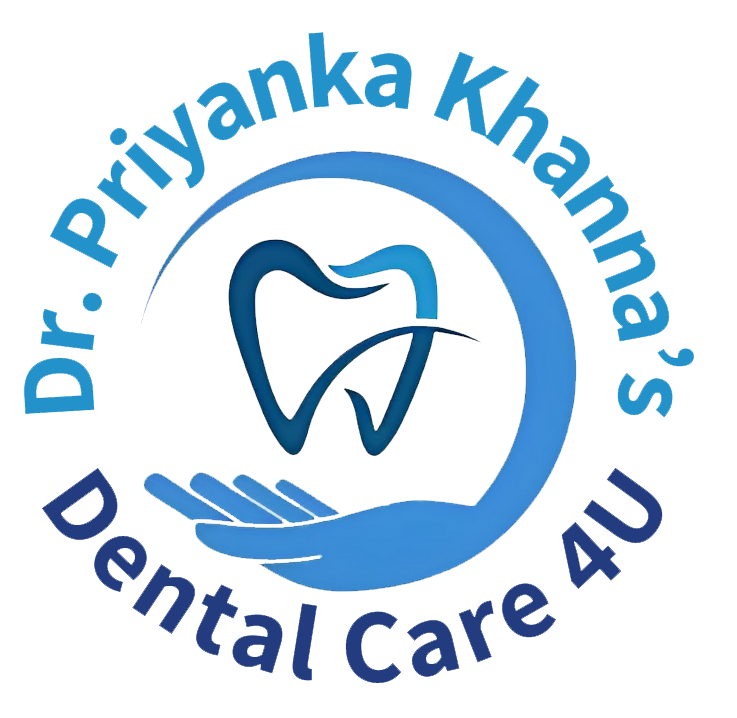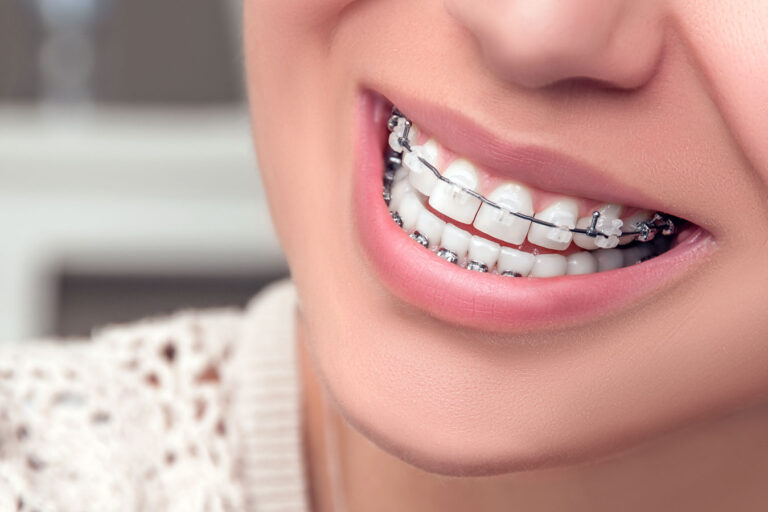
Having braces can be a challenging yet rewarding experience, especially when it comes to maintaining good oral hygiene. Proper brushing is crucial to prevent cavities, gum disease, and other dental issues. If you’re new to braces or looking for tips to improve your brushing routine, this comprehensive guide is for you. We’ll walk you through each step, providing valuable insights and tips to ensure your braces journey is smooth and successful.
Importance of Proper Brushing with Braces
Taking care of your braces goes beyond just aesthetics; it’s essential for your overall oral health. Proper brushing helps prevent the buildup of plaque and bacteria, reducing the risk of cavities, gum disease, and bad breath. With braces, food particles can easily get stuck in the wires and brackets, making thorough brushing even more critical. By following a proper brushing routine, you can ensure that your braces stay clean and your teeth stay healthy throughout your orthodontic treatment.
Common Mistakes to Avoid While Brushing Your Teeth With Braces
When brushing with braces, there are some common mistakes to avoid. One of the most common mistakes is using a hard-bristled toothbrush, which can damage your braces and irritate your gums. Instead, opt for a soft-bristled brush that is gentle on your teeth and gums. Another mistake is rushing through your brushing routine. Take your time to ensure thorough cleaning, paying attention to all areas of your mouth. Lastly, don’t forget to replace your toothbrush regularly, as worn-out bristles are less effective at cleaning your teeth.
Tips for Brushing with Braces
Brushing with braces requires a bit of technique to ensure thorough cleaning without damaging your braces. Start by brushing at a 45-degree angle to your gumline, using gentle, circular motions. Pay extra attention to areas around brackets and wires, as these are prone to plaque buildup. Consider using a proxy brush or an interdental brush to clean between the wires and brackets, as traditional flossing may be challenging. Additionally, use a fluoride mouthwash to strengthen your enamel and protect your teeth from decay.
The Role of Your Orthodontist
Your orthodontist plays a crucial role in ensuring that your braces treatment is successful. They will monitor your progress, make any necessary adjustments to your braces, and provide guidance on proper oral hygiene. Regular check-ups are essential to ensure that your braces are working effectively and that your teeth are moving correctly. At DentalCare4U it is advised to attend all scheduled appointments to ensure that your braces treatment is on track. Still wondering? You can reach out to Dr. Priyanka Khanna from DentalCare4U for free advise on your problem – just send her a DM on her Instagram account and leave the rest on her. You can also raise your query on the contact page of this website.
By following these tips and maintaining good oral hygiene, you can ensure that your braces treatment is successful and that your teeth stay healthy. Remember, proper brushing and care are key to achieving a beautiful smile with braces.
Here is how to brush your teeth with braces – step to step guide

Brushing your teeth properly is always important, but when you have braces, it becomes even more crucial. Braces create more nooks and crannies for food particles and plaque to hide, leading to potential dental issues if not cleaned properly. In this guide about brushing with braces, we’ll take you through the steps to brush your teeth effectively with braces, ensuring a healthy and dazzling smile.
Step 1: Gather Your Tools
Before you begin, make sure you have the right tools at hand:
- Soft-bristled toothbrush: Look for one with a small head to maneuver around the brackets and wires.
- Fluoride toothpaste: Helps strengthen enamel and fight cavities.
- Interdental brush or floss threader: To clean between wires and brackets.
- Antiseptic mouthwash: Helps kill bacteria and freshen breath.
Step 2: Prepare Your Brush
Wet your toothbrush and apply a pea-sized amount of toothpaste. If you have an electric toothbrush, ensure it’s charged and ready to go.
Step 3: Start Brushing
Hold your toothbrush at a 45-degree angle to the gumline. Gently brush in small, circular motions, ensuring you cover the front, back, and chewing surfaces of your teeth. Pay extra attention to the areas around brackets and wires, as these are hotspots for plaque buildup.
Brushing at an angle helps clean the area where your teeth meet the gums, known as the gumline. This is where plaque and food debris can accumulate if not cleaned properly, leading to gum disease and cavities.
Step 4: Clean Between Your Teeth
Using an interdental brush or floss threader, clean between your teeth and under the wires. This step is crucial as it removes food particles and plaque that regular brushing might miss.
With braces, it’s easy for food to get trapped between your teeth and the wires. Cleaning between your teeth helps prevent decay and keeps your breath fresh.
Step 5: Rinse Thoroughly
After brushing and flossing, rinse your mouth thoroughly with water to remove any remaining debris. Rinsing helps remove loosened plaque and food particles from your mouth, giving you a cleaner feeling.
Step 6: Use Mouthwash
Finish off your oral hygiene routine by swishing with antiseptic mouthwash. This helps kill bacteria and gives you a fresh breath. Mouthwash reaches areas of your mouth that may be difficult to clean with a toothbrush or floss, providing an extra layer of protection against plaque and bacteria.
Step 7: Repeat Twice Daily
For optimal oral health, brush your teeth with braces at least twice a day, preferably after meals. This helps prevent plaque buildup and keeps your braces clean. Brushing after meals helps remove food particles that can get stuck in your braces, reducing the risk of cavities and gum disease.
Additional Tips:
- Use a fluoride mouthwash or gel to strengthen enamel and prevent cavities.
- Avoid hard or sticky foods that can damage braces.
- Schedule regular check-ups with your orthodontist to ensure your braces are in good condition.
Bonus Tip: Fluoride strengthens your teeth, making them more resistant to decay. Avoiding certain foods can prevent damage to your braces, reducing the need for repairs. Regular check-ups help your orthodontist monitor your progress and make any necessary adjustments to your treatment plan.
Brushing with braces requires a bit more time and effort, but the results are well worth it. By following these steps and maintaining good oral hygiene, you can ensure that your braces journey is smooth and successful. Remember, a healthy smile starts with clean teeth. Stay connected with DentalCare4U and follow our YouTube Channel for more interesting updates on dental health!!



